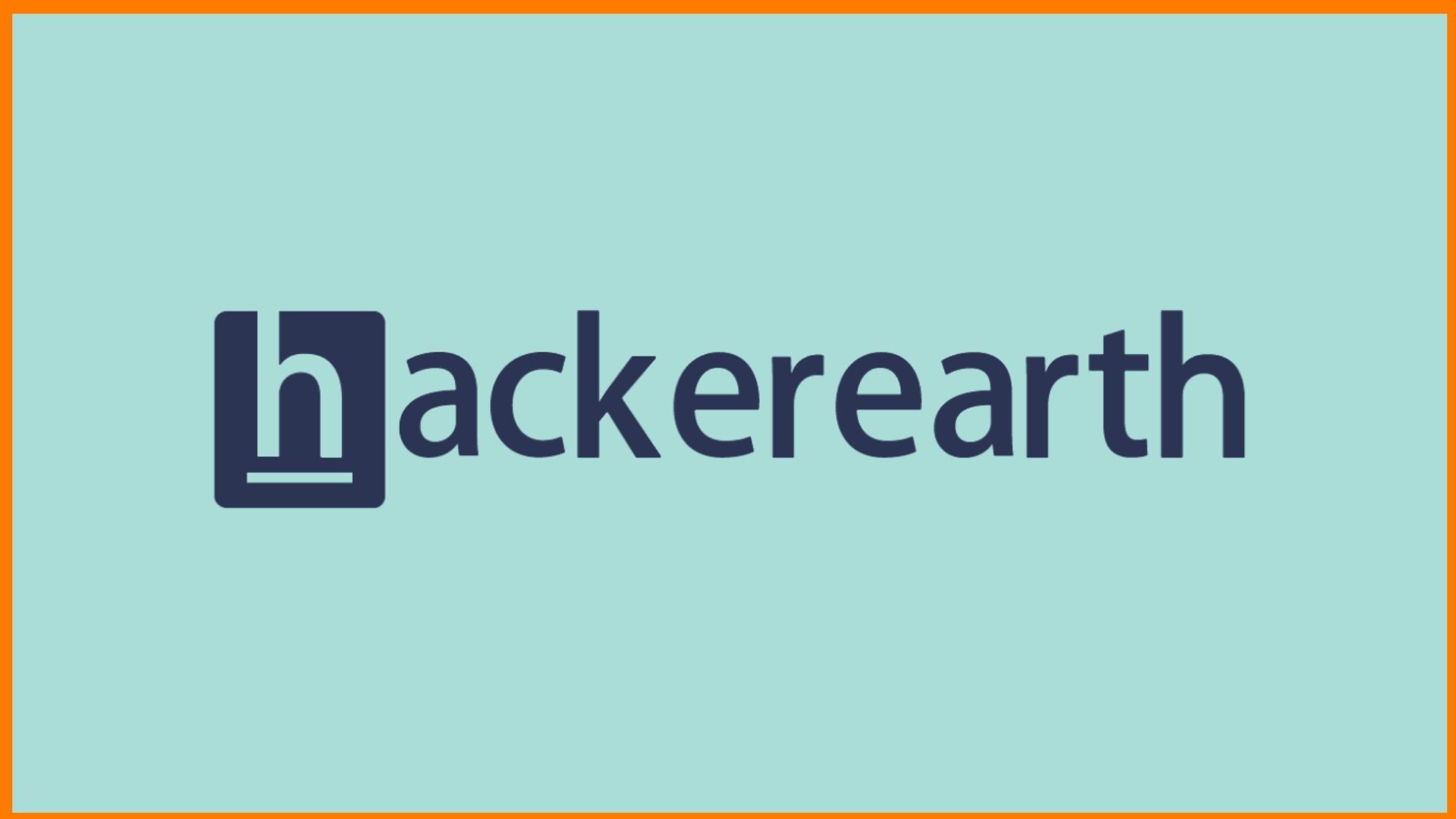An opinion shared by Mr. Arjun Nijhawan, Director, Nijhawan Group.
Finding seed capital, which converts a “two dudes in a living room idea” into something with considerably more promise, is one of the most thrilling occasions for a startup. Here are some of the areas where we should concentrate our efforts:
Hiring T-shaped people versus specialists
One of the axioms of the startup world is that everyone must wear several hats. Backend programmers might have to pitch in and do some feature development, designers could have to write some marketing copy, and the CEO might have to vacuum the office, to name a few truisms in startup land. Also, if you feel that startups are essentially learning about their customers and the market, you’ll need people who are adaptable and can identify links between disparate topics. So, you’re looking for generalists, but a certain type of generalists.
The first group of people you want on your team will be T-shaped, indicating they are wide in a variety of areas but specialize in one. The range of their skills provides them enough in common that they can talk about anything with anyone in the team, but the depth of their knowledge makes them indispensable to the team.
Make an effort to recruit doers
Early on, it’s critical to hire folks that are execution-oriented. Senior folks or “philosophers” who don’t immediately bring value to the product development process just don’t fit in. When it comes to seniority, prefer to hire people who have recently held positions such as team lead or director, but no higher. That way, you get folks who are used to being in charge of a team but are yet close enough to have an immediate influence. This is why people with expertise in consulting or finance are impractical partners — they are overly focused on strategy and financials while you should be 100% focused on specific products and customers.
More candidate flow addresses several issues
Getting the first 2-3 people for most seed-stage startups is usually not an issue — you’ll have folks in mind or someone in your close circle of acquaintances who are easily available. What’s more difficult is moving beyond your immediate network, where you might come across:
- People you desire are employed and uninterested.
- As an entrepreneur, you know a lot of entrepreneurs who want to start something, not join something
- There are a lot of “OK” people who are interested, but who are difficult to get excited about.
It’s all too easy to get into a trap where limits are reduced, things you don’t want are accommodated, and all sorts of other issues arise. Alternatively, you may have had interviews where the person was adequate but not exceptional, and you desperately need the skillset.

Interview for the actual work you’ll be doing, not skillset trivia
Most interview techniques are ineffective because they do not simulate what it would be like to work together. The ideal interview would consist of merely an interview, followed by two months of collaboration and a checkpoint to assess if everything is going well. However, because the majority of job seekers are unwilling to do so, a three-day “working interview” is a viable alternative.
Don’t place too much emphasis on intelligence alone
All of the young, brash entrepreneurs I know want to hire more people like them — hardworking, high-powered individuals. As a result, you can design an entire hiring process around intelligence, complete with puzzles and brainteasers, and reward everyone who can think swiftly. I’ve discovered that using this as a minimal threshold for recruiting individuals is a bad idea — it’s equally as crucial to consider factors like love for the field you’re working in, their motivations and goals for working at your firm, and so on. The reason you need to analyze this is that startups are extremely difficult and can take longer than expected; as a result, it’s critical to understand people’s motivations from the outset to ensure a good fit.
Conclusion
Rather than taking people who love numbers/data/algos and trying to train them to love a specific product area, the ideal scenario is to locate people who have a passion for the product you’re bringing to market and then train them to be metrics-oriented.











